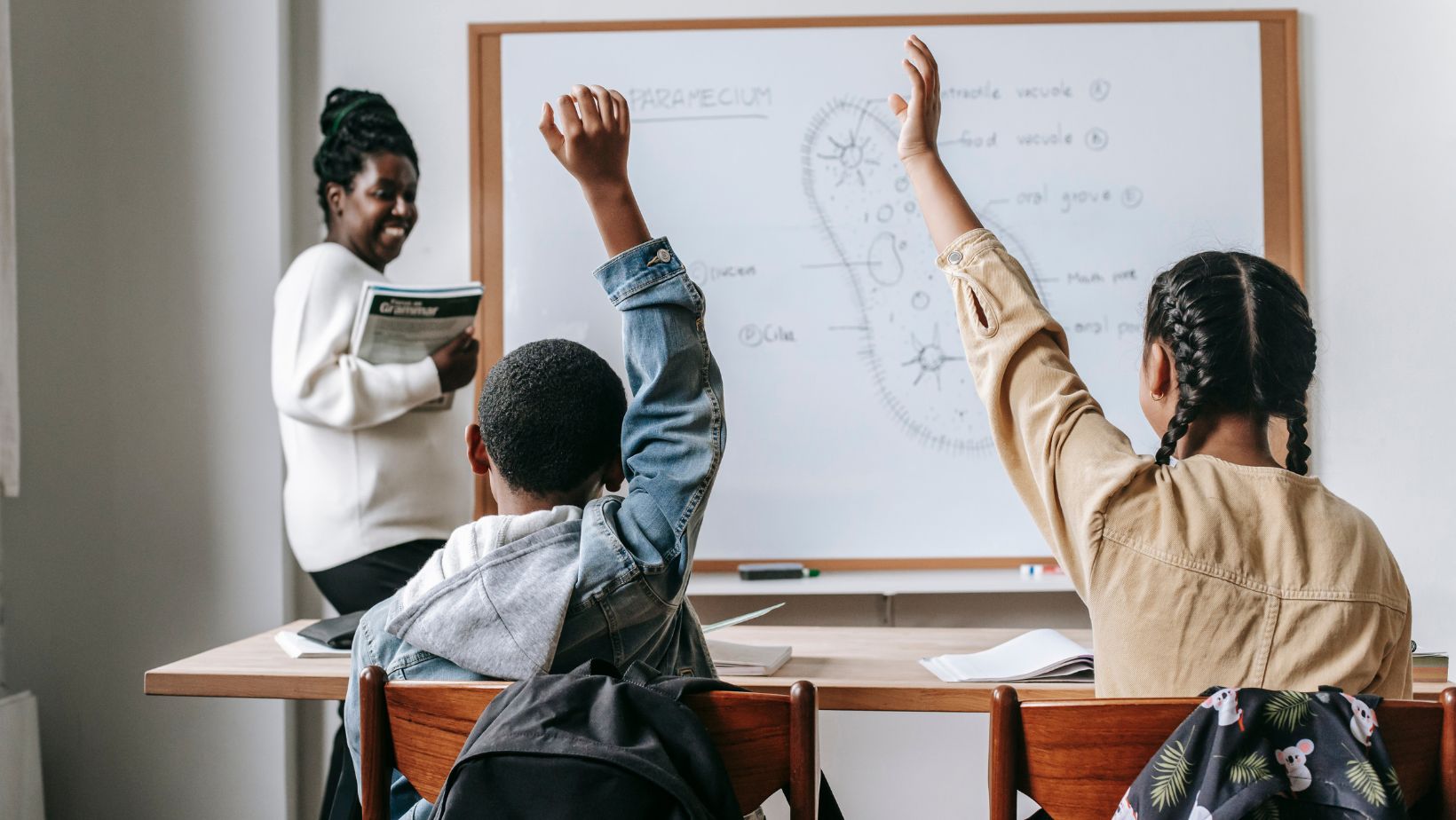Cultivating Hearts and Minds: The Power of Social-Emotional Learning in the Classroom

As educators, parents, or simply caring individuals, we understand that education is not solely about academics; it’s about nurturing well-rounded individuals who are equipped to face life’s challenges with confidence and compassion. Let’s dive into the importance of Social-Emotional Learning (SEL) and discover practical ways educators can foster a safe and inclusive environment for their students.
The Heart of Education: Understanding Social-Emotional Learning
In the pursuit of academic excellence, we must not overlook the emotional and social development of our students. Social-Emotional Learning encompasses a wide range of skills that empower individuals to manage emotions, build positive relationships, make responsible decisions, and show empathy toward others. These foundational life skills are essential for developing emotionally intelligent and resilient individuals.
Educational research consistently highlights the positive impact of SEL on students’ overall well-being and academic success. When students feel emotionally secure, they are better able to concentrate, retain information, and engage actively in the learning process. Moreover, as they cultivate self-awareness and emotional regulation, they can navigate the challenges of adolescence and adulthood with greater ease.
Empowering Educators: The Role of SEL in the Classroom
Educators play a pivotal role in shaping the lives of their students. By incorporating SEL activities into their teaching practices, teachers can create a supportive and safe space where children feel valued, understood, and encouraged to express themselves authentically. Recognizing that each student has unique emotional needs allows educators to tailor their approach, promoting individual growth and development.
One of the primary goals of SEL is to cultivate a positive classroom culture. This involves setting clear expectations for behavior and communication, fostering a sense of belonging, and celebrating diversity. When students feel a sense of belonging, they are more likely to participate in class, take risks, and contribute meaningfully to group activities. Creating a safe and inclusive environment enables students to thrive academically and personally, nurturing their self-esteem and overall sense of well-being.
Building Emotional Intelligence: Practical Strategies for Educators
- Mindful Listening: Take the time to listen actively to your students. In the hustle and bustle of the school day, it’s easy to overlook the emotional cues and concerns that students may express. By practicing mindful listening, educators can create genuine connections with their students, helping them feel supported and cared for.
- Emotional Check-ins: Begin each day with a brief emotional check-in. Encourage students to share how they feel, and be receptive to their responses. This practice sets a positive tone for the day and opens channels for communication, allowing educators to address any emotional struggles or concerns promptly.
- Conflict Resolution: Teach problem-solving and conflict resolution skills, emphasizing the importance of respectful communication and empathy. When students can navigate conflicts peacefully, it creates a harmonious learning environment where differences are acknowledged and resolved constructively.
- Inclusivity and Diversity: Embrace diversity in the classroom and celebrate individual differences. Promote an inclusive atmosphere where students learn about and respect various cultures, beliefs, and backgrounds. Encourage activities that showcase the richness of diversity and encourage collaboration among students of different backgrounds.
- Emotion Regulation: Introduce techniques for emotional regulation, such as deep breathing or mindfulness exercises. These tools help students manage stress and emotions effectively, allowing them to approach challenges with a clear and composed mindset.
Leading by Example: Educators as Social-Emotional Learning Role Models
Educators serve as powerful role models for their students. As they cultivate social-emotional skills, they must embody the values they wish to instill in their students. Display empathy, respect, and self-awareness in your interactions with students and colleagues alike. Demonstrate open-mindedness and the willingness to learn from mistakes, showing that growth and self-improvement are ongoing processes for everyone.
It is also vital for educators to practice self-care and prioritize their emotional well-being. Teaching can be emotionally demanding, and educators must ensure they have the support and resources necessary to navigate the challenges they face in the classroom.
As we conclude our exploration of Social-Emotional Learning in the classroom, let us remember that education is not confined to textbooks and exams. It is a transformative journey that equips young minds with the tools they need to thrive in the world. By embracing and implementing SEL, educators create a nurturing environment that fosters personal growth, empowers students to embrace challenges, and spreads kindness and compassion in every corner of their lives.
The journey of incorporating SEL into education is a continuous one, requiring collaboration between educators, parents, administrators, and the broader community. As we collectively invest in the emotional well-being of our students, we are sowing seeds of resilience, empathy, and positivity that will bear fruit for generations to come. Let’s work together to make a difference—one heart, one classroom at a time.
-
Personal Finance5 months ago
How Do I Find My UCAS ID Number?
-
Success5 years ago
Consistency: The Key Ingredient to Success
-
Uncategorized5 months ago
What Does Conditionally Approved Mean For An Apartment?
-
Motivation2 years ago
How To Become a More Organized Person?
-
Others4 years ago
Work Health and Safety: 8 Reasons to Maintain a Clutter-free Office
-
Entrepreneurs3 years ago
Why Diversity is Key in Business Marketing
-
HK Pools5 months ago
The HK Pools Forum Comunity Jos Markotop 2D Warna Kuning – A Great Way to Stay Connected
-
Sport1 year ago
What Makes Soccer Betting So Great?





























